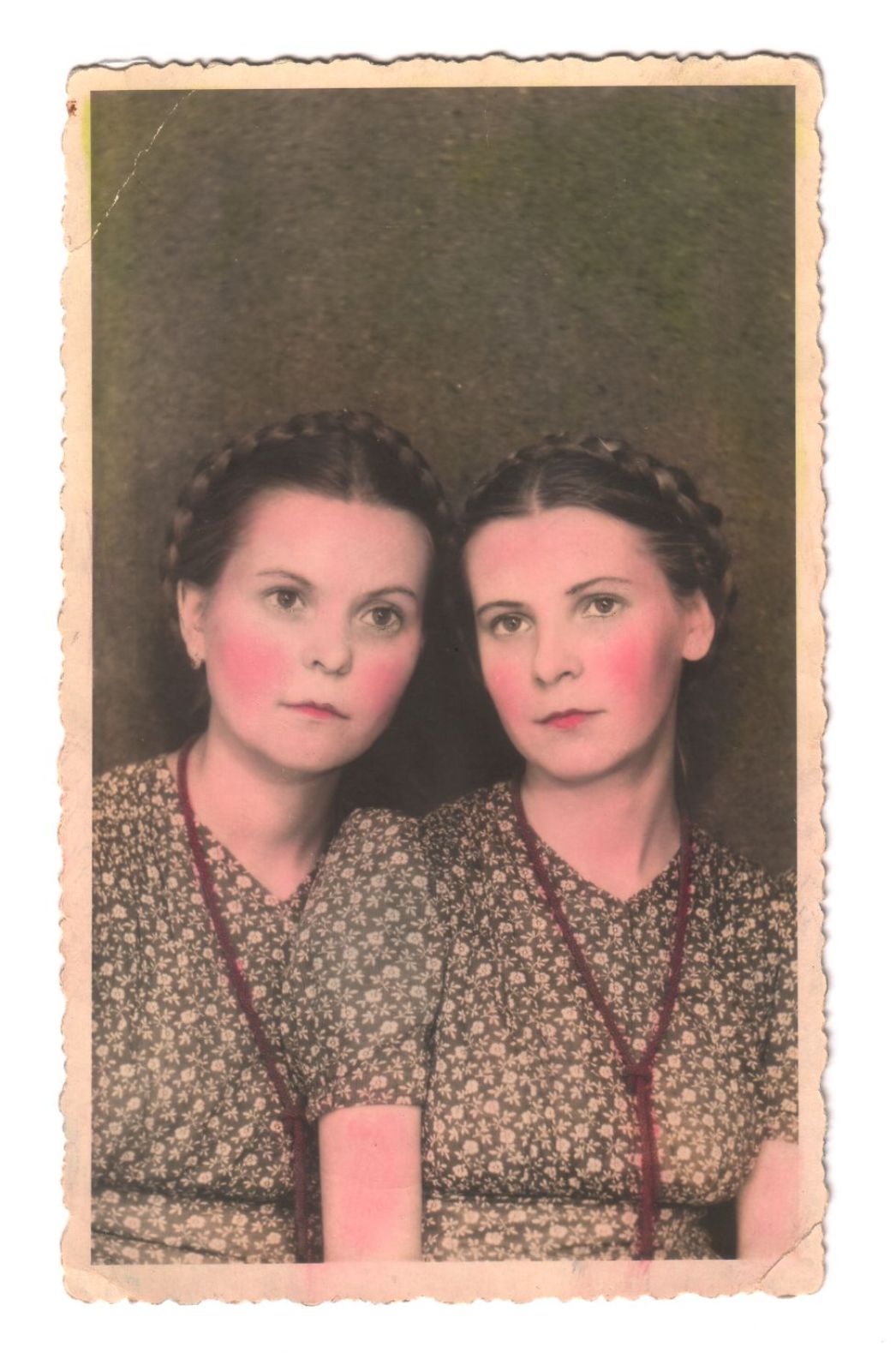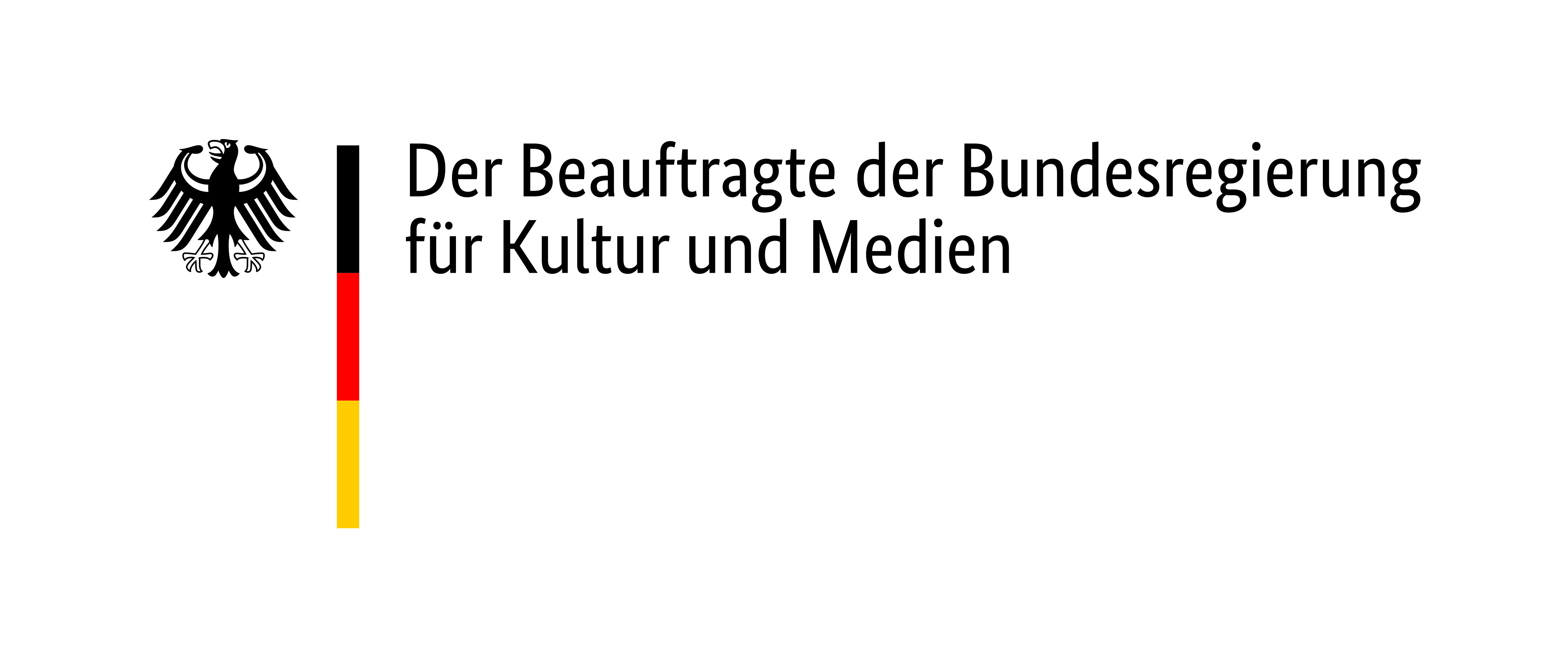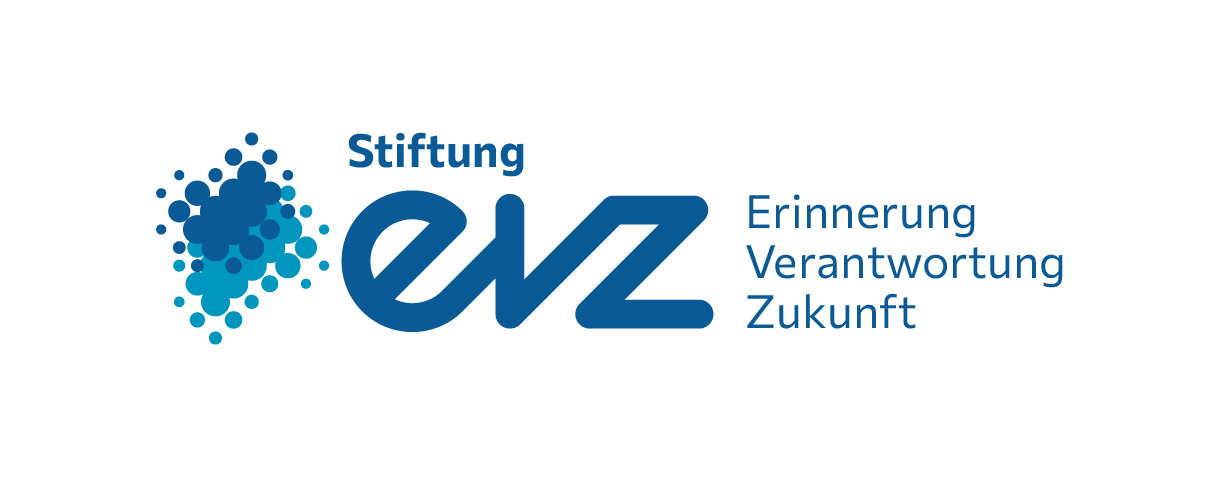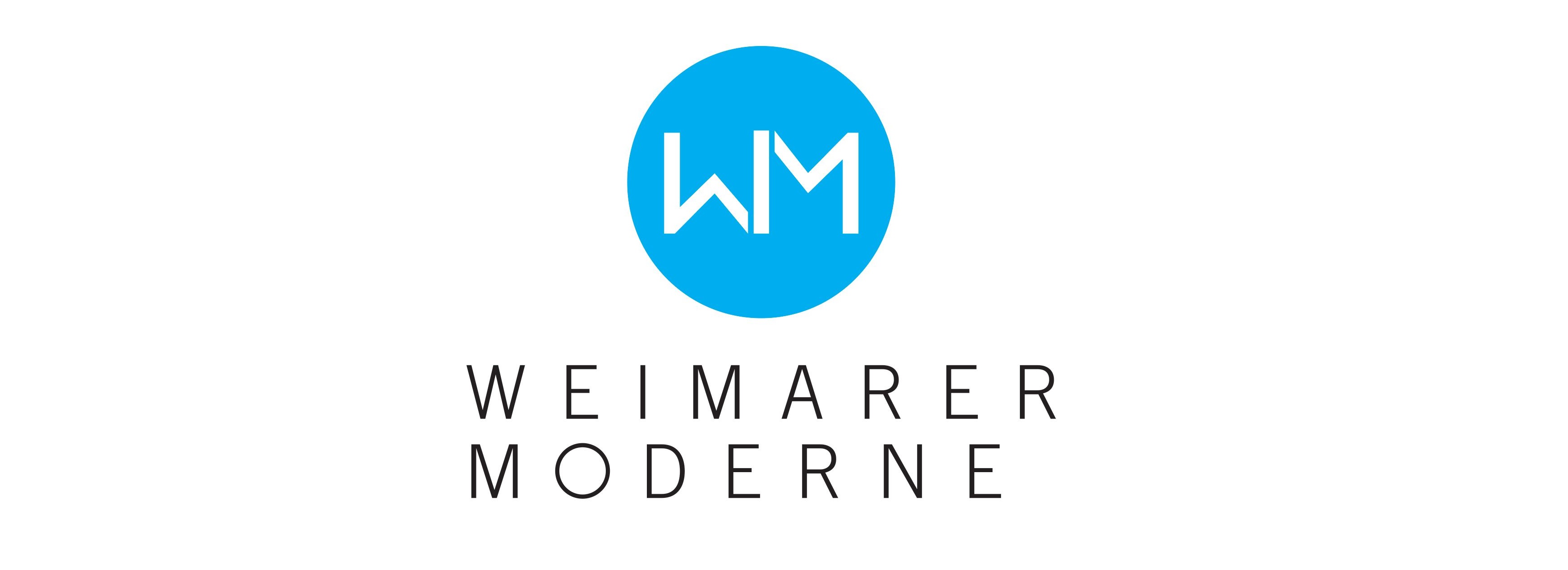
1/3
A US soldier with liberated Russian forced laborers, Ulm 1945.
The newspaper headline reads: “Soviets in Berlin.”
©National Archives, Washington
The newspaper headline reads: “Soviets in Berlin.”
©National Archives, Washington
2/3
Unknown location, March 1945
Polish citizen Jan Jakubasik immediately after his liberation. He had been used for forced labor in the German Reich since 1942.
©National Archives, Washington
Polish citizen Jan Jakubasik immediately after his liberation. He had been used for forced labor in the German Reich since 1942.
©National Archives, Washington
3/3
Poznań , March 1945.
Liberated forced laborers of the Focke-Wulf aircraft factory near Poznań greet soldiers of the Red Army.
Photo: Boris Puschkin ©Deutsches Historisches Museum Berlin
Liberated forced laborers of the Focke-Wulf aircraft factory near Poznań greet soldiers of the Red Army.
Photo: Boris Puschkin ©Deutsches Historisches Museum Berlin
The Allies helped the millions of former forced laborers as best they could. Often, however, the lives of the former workers were dominated by destitution and fear of what lay ahead. The majority of Germans wanted to get rid of the liberated forced laborers as quickly as possible.
The seventeen-year-old Polish girl Gabriela Knapska was liberated in Ulm in April 1945. She wrote in her diary: “Finally! Finally the day has come. We are free! But no one knows what else might happen.”

Gabriela Turant, née Knapska (left), born on 31 May 1927 in Łagiewniki / Śląskie (Upper Silesia) with her twin sister Jolanta, 1944.
©Private collection Gabriela Knapska



